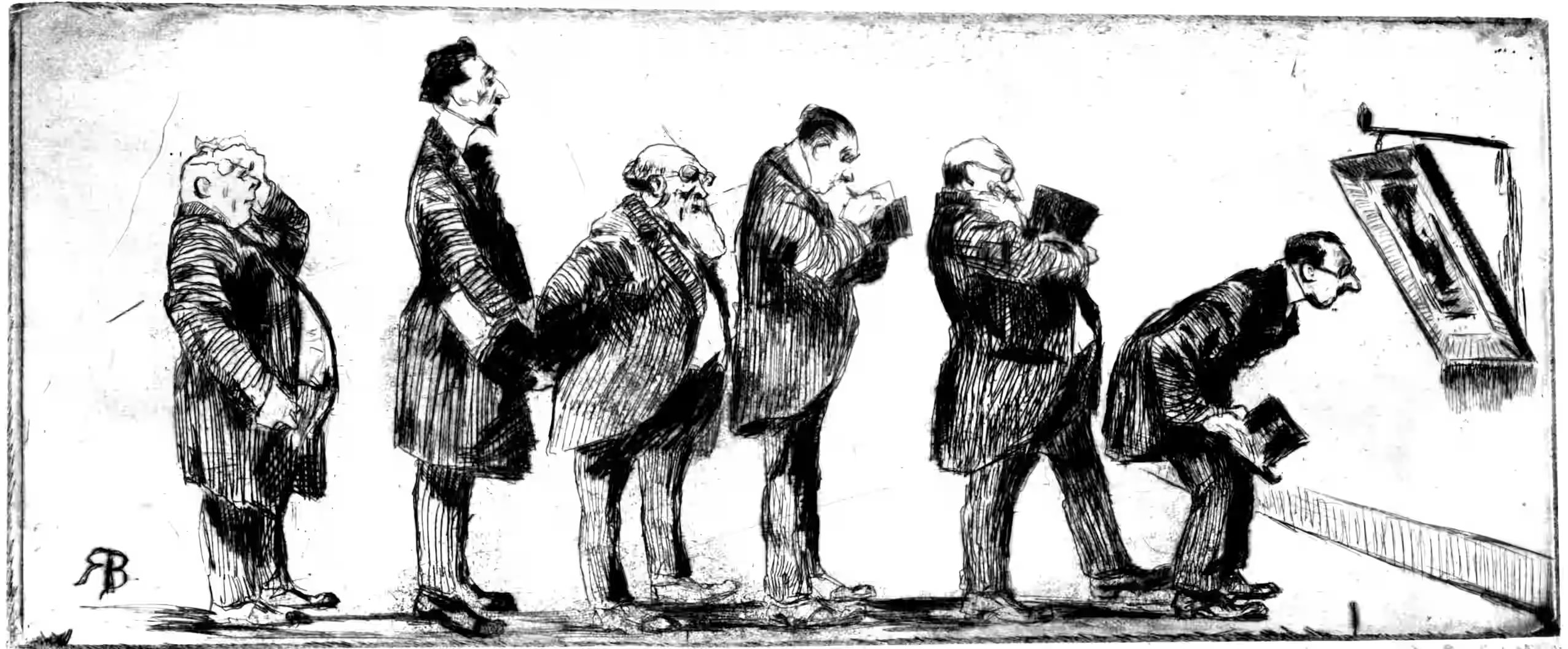Queueing
The mathematical field whose major result is enraging you about call centres
2015-06-03 — 2020-04-06
Wherein Kingman’s approximation for waiting time is presented, and the expected queue delay is expressed in terms of utilization, coefficients of variation of arrivals and services, and mean service time.
Not much to say right now, except that I always forget the name of the useful tool from queuing theory, Kingman’s approximation for waiting time.
\[ \mathbb {E} (W_{q})\approx \left({\frac {\rho }{1-\rho }}\right)\left({\frac {c_{a}^{2}+c_{s}^{2}}{2}}\right)\tau \] where τ is the mean service time (i.e. μ = 1/τ is the service rate), λ is the mean arrival rate, ρ = λ/μ is the utilization, \(c_a\) is the coefficient of variation for arrivals (that is the standard deviation of arrival times divided by the mean arrival time) and \(c_s\) is the coefficient of variation for service times.
